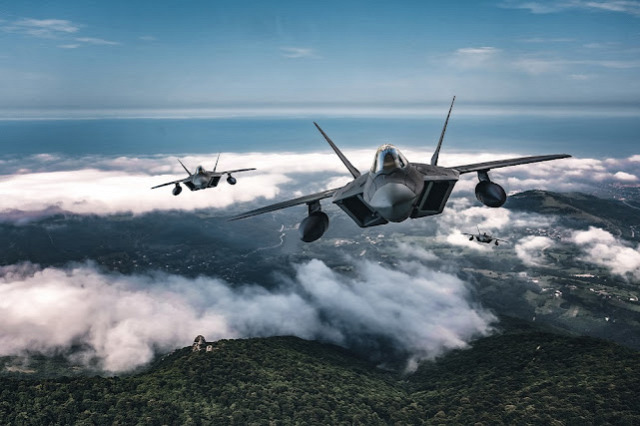
The market for Intelligence, Surveillance, and Reconnaissance (ISR) aircraft and drones is witnessing substantial growth, driven by technological advancements, increasing defense budgets, and rising demand for enhanced situational awareness. These systems play a pivotal role in modern warfare and civil applications, providing critical data and intelligence that inform strategic decisions. The global ISR aircraft and drones market is estimated to reach $22.10 billion in 2033 from $12.11 billion in 2022, at a growth rate of 5.15% during the forecast period 2023-2033.
ISR Aircraft and Drones Market by Application:
- Reconnaissance and Surveillance
- Electronic Warfare
- Search and Rescue Operations
- Airborne Early Warning Capabilities
- Tactical Operations
- Target Acquisition
ISR Aircraft and Drones Market: Increasing Multi-Domain Operations (MDO) in the Defense Sector
The intricate and interconnected nature of modern warfare, characterized by the rise of multi-domain operations (MDO) in the defense sector, serves as a significant catalyst for the ISR aircraft and drones market. MDO involves the seamless integration and coordination of activities across various domains—land, air, sea, space, and cyberspace—creating a dynamic battlespace that requires extensive information and situational awareness. This shift towards MDO necessitates advanced ISR capabilities to gather real-time data, analyze it across domains, and facilitate informed decision-making.
ISR Aircraft and Drones Market Challenges: Availability of Modern Systems for Air Penetration
The advancement of current air penetration technologies presents a significant challenge to the ISR aircraft and drone industry. Air penetration refers to the ability of ISR assets, like planes and drones, to enter hostile or contested airspace to gather crucial intelligence. However, the enhancement of anti-access and area denial (A2/AD) capabilities by potential adversaries has created a complex environment where traditional ISR systems face increased risks and limitations. Modern air defense systems pose a severe threat to military aircraft, requiring them to evade, degrade, or destroy these defenses to enter enemy airspace and accomplish their missions. Navigating enemy territory while avoiding detection and seeking hostile targets is highly challenging due to these factors.
Try Before You Buy: Request a Free Sample on ISR Aircraft and Drones Market!
ISR Aircraft and Drones Market by Region
North America experienced the highest market growth with a 4.90% CAGR. Asia-Pacific is expected to see increased adoption of ISR aircraft and drones due to rising demand and regional tensions. Favorable government policies are projected to support market growth in North America and Europe. The U.S. is likely to lead in ISR market growth, driven by high military spending and being home to prominent ISR manufacturers, meeting the growing demand for advanced surveillance and reconnaissance technologies.
Key Companies Profiled in ISR Aircraft and Drones Market:
- BAE Systems
- Boeing
- Bombardier
- Embraer
- Dassault Aviation
- General Atomics
Future Prospects
The future of the ISR aircraft and drones market looks promising, with continuous advancements in technology and growing applications across various sectors. The integration of AI and ML is expected to revolutionize data processing and analysis, making ISR systems more efficient and autonomous. Moreover, the increasing use of satellite-based ISR and the development of hybrid drones could open new avenues for market growth.
Unlock the Detailed: Table of Contents – Download Now!
Conclusion
The ISR aircraft and drones market is poised for significant expansion, driven by technological innovations, increased defense spending, and a growing need for comprehensive situational awareness. While challenges exist, the continuous evolution of ISR technologies promises a future where these systems will play an even more critical role in ensuring security and operational efficiency across both military and civilian domains. As the market evolves, stakeholders must navigate the complexities of regulation, cost, and ethical considerations to fully harness the potential of ISR capabilities.

